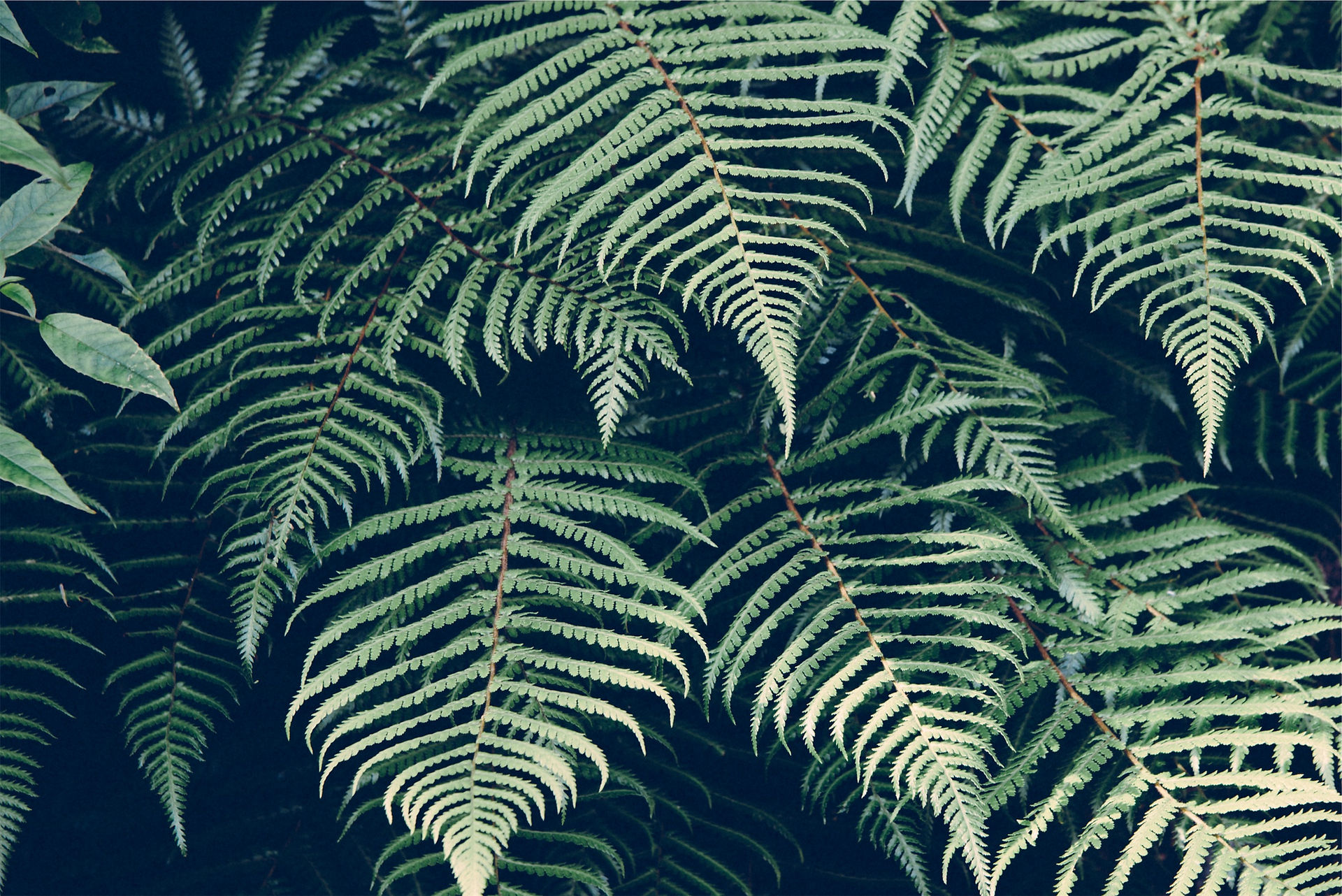Orographic evolution of northern Tibet shape
- PST

- Jan 28, 2021
- 1 min read
Updated: Jan 31, 2021
An invited talk for Session 8 (Biodiversity, Ecological Interactions, Range Shifts and Database Science) will be given by Dr. Shu-feng Li on Feb 16
Dr. Li is based at CAS Key Laboratory of Tropical Forest Ecology, Xishuangbanna Tropical Botanical Garden, Chinese Academy of Sciences, Mengla 666303, China
Abstract
The growth of the Tibetan Plateau throughout the past 66 million years has profoundly affected the Asian climate, but how this unparalleled orogenesis might have driven vegetation and plant diversity changes in eastern Asia is poorly understood. We approach this question by integrating modeling results and fossil data. We show that growth of north and northeastern Tibet affects vegetation and, crucially, plant diversity in eastern Asia by altering the monsoon system. This northern Tibetan orographic change induces a precipitation increase, especially in the dry (winter) season, resulting in a transition from deciduous broadleaf vegetation to evergreen broadleaf vegetation and plant diversity increases across southeastern Asia. Further quantifying the complexity of Tibetan orographic change is critical for understanding the finer details of Asian vegetation and plant diversity evolution.

Fig. 1 Modern major tectonic terranes and features of the Himalaya-Tibetan Plateau regions and Asian climate system

Fig. 2 Four different Tibetan topographic conditions, simulated vegetation and plant diversity.

Fig. 3 Simulated precipitation results from selected four experiments with different Tibetan Plateau topographies

Fig. 4 Simplified Tibet uplift stages, climate, and vegetation changes from the Paleogene to Neogene
For full paper: DOI: 10.1126/sciadv.abc7741 Science Advances 27 Jan 2021: Vol. 7, no. 5, eabc7741


Comments